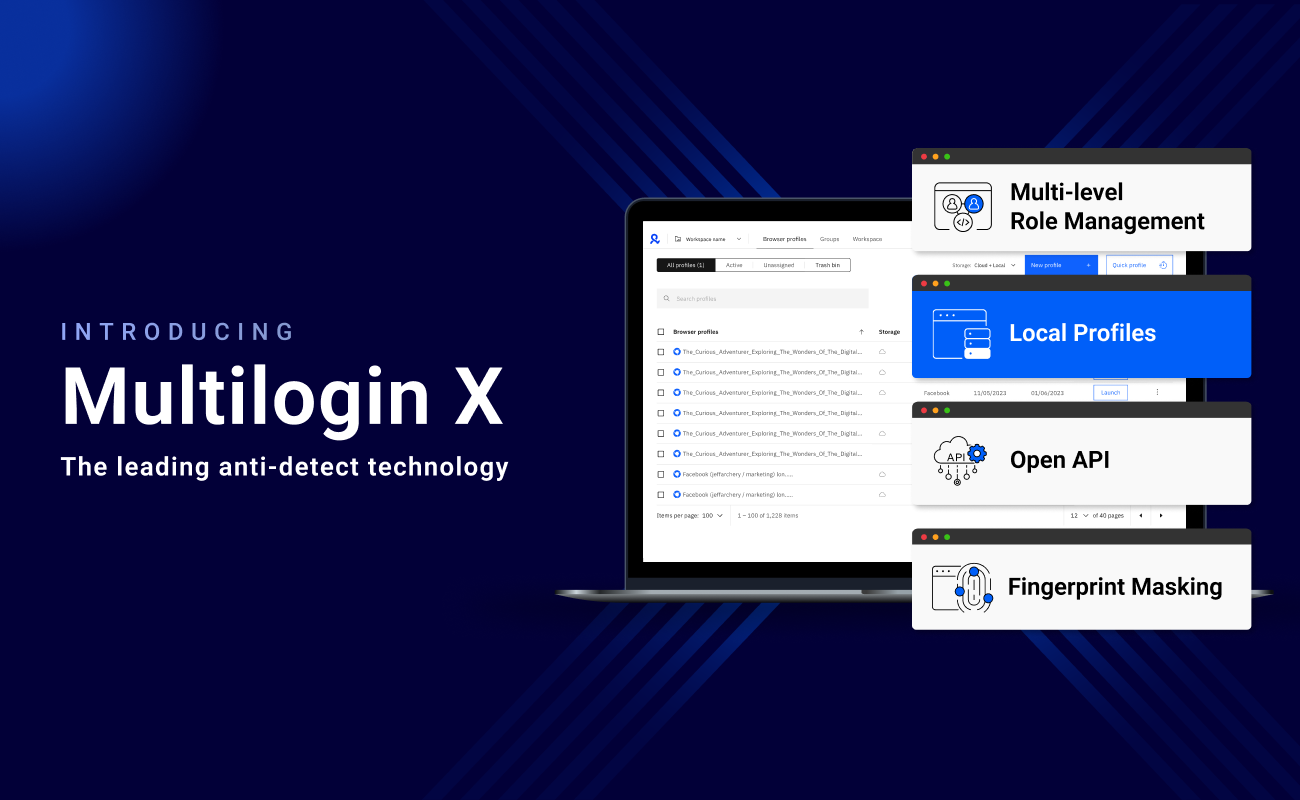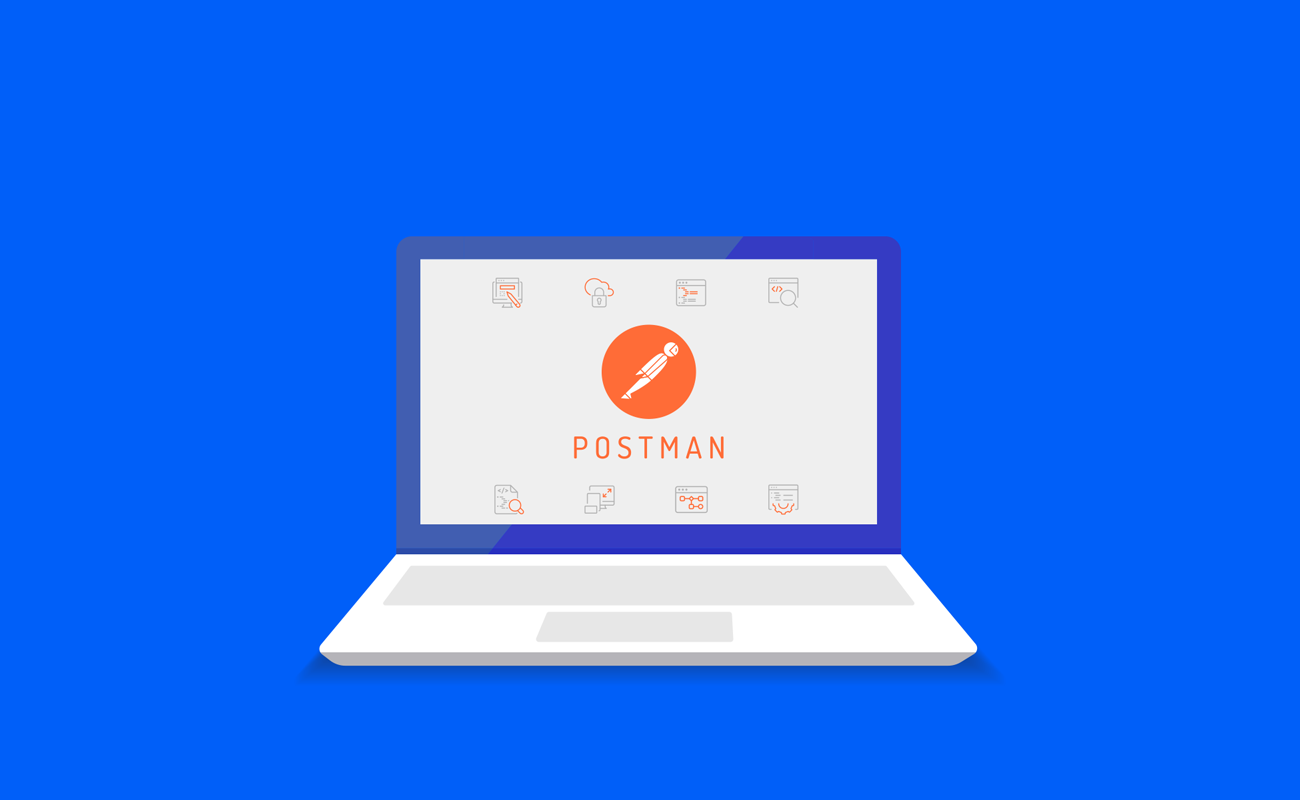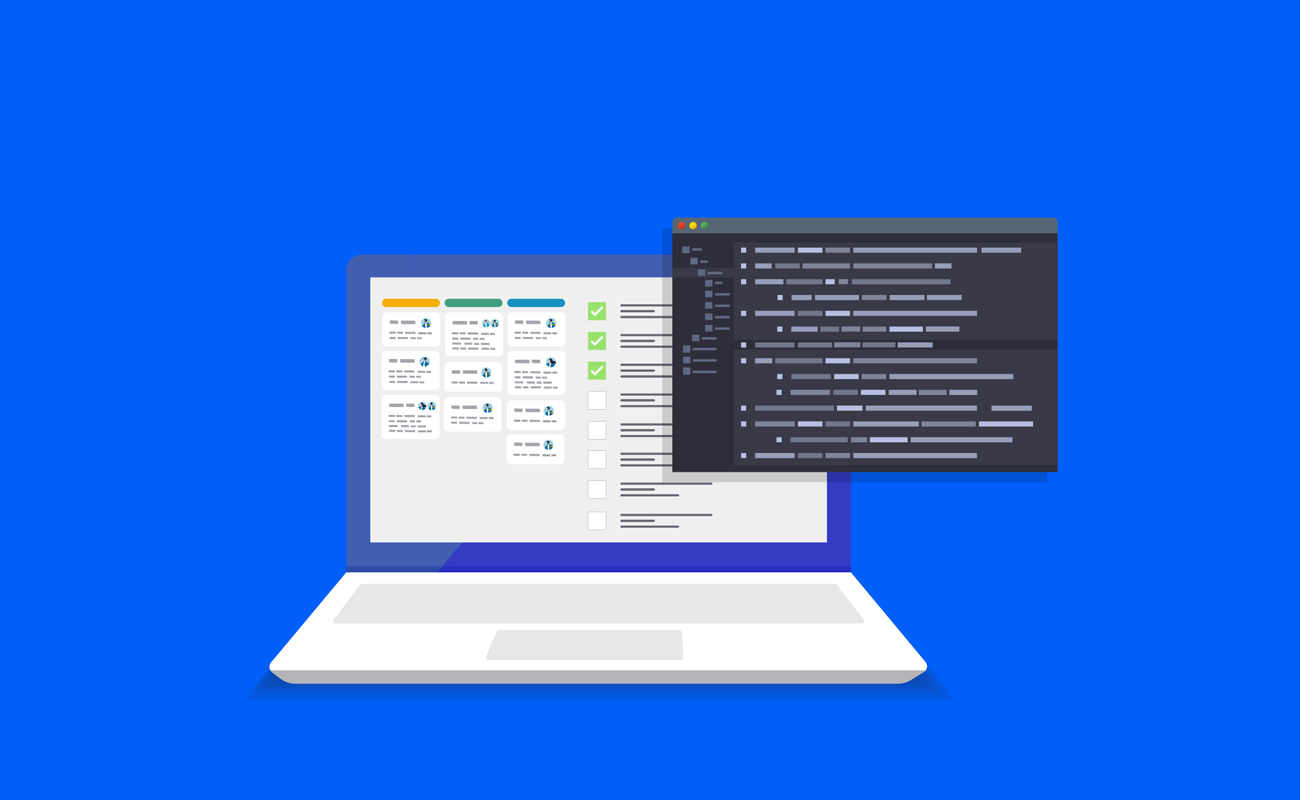
5 elements of your browser fingerprint you need to know
AUGUST 30, 2022 | FINGERPRINTS
At Multilogin we talk a lot about your browser fingerprint and its importance in avoiding account bans, but what are some of the biggest areas that you should be checking? Find out in our five-minute rundown.
What is a browser fingerprint?
First, a quick refresher. Your browser fingerprint is the collection of information that websites put together to be able to build a trackable identity. The process by which they do so, known as fingerprinting, is becoming ever more sophisticated, and it’s generally very important for anyone running multiple accounts to make sure that their fingerprint is consistent.
By consistent, we mean that, among other elements, it should conform to norms. For example, if your IP does not match your location, that’s a red flag. Less obviously, think too about the norms of your hardware and software – particular fonts, for example, will be available on particular operating systems. If you don’t meet that test, then it’s likely you’re spoofing.
As you’ll know if you’ve watched any of our webinars, there are numerous elements that make up your browser fingerprint, but here are some of the big ones you can keep an eye on.
Navigator object
The navigator object reveals a number of properties that can give away crucial parts of your true browser fingerprint, including your user agent, screen resolution, preferred language(s) and more.
The user agent, for instance, contains fingerprinting gold, helping third parties to identify your browser and operating system. While this is customizable in Multilogin, we advise to always specify corresponding platform values.
Your screen resolution is an area where websites can easily discover inconsistencies. Websites can look at the difference between the resolution you state you have and the reality found through navigator. This means that when working in teams, for example, it’s important that the resolution you use isn’t larger than the smallest screen among your team – or it will appear as impossible and therefore inconsistent (even if the screen were maximized, it wouldn’t be able to reach that too-large resolution).
Time zone and geolocation
A lot of Multilogin users will access accounts based in different geographies to themselves (e.g. somebody in Israel accessing an account based in the United States to get around location-based permissions). This means that the browser profile that you’re using needs to have the correct details to match that, usually through the IP you have from your proxy.
Websites retrieve your geolocation in various ways, like Google Maps API, whereby they send data points like IP address details to Google and get back geolocation coordinates. Likewise, for time zones, they may run your IP address through an Ip2Geo database, or by using a JavaScript function that reads it through your browser API. This last example means the more secure option is for your system time zone – which is retrieved through the JS function – to match your proxy location.
WebRTC details
WebRTC stands for ‘Web Real-Time Communication’, and is a method that allows you to make video and audio calls within your browser. It’s an important part of modern comms, but it has its risks to browser fingerprinting. Its connection goes through a protocol known as UDP, which means it bypasses the usual proxy servers. WebRTC can leak public and local IP addresses, as well as your media devices and hashes.
In Multilogin you have the option to use ‘altered mode’ for WebRTC, which means your public/local IP is set to match the external IP from your configuration in Multilogin, meaning that it still matches the one from your proxy. Again, it’s all about consistency.
Fonts on your system
As we’ve covered in our detailed research on the subject, font fingerprinting is a meticulous way to find chinks in the armor of your browser fingerprint.
Different operating systems have different installed fonts, like we mentioned above, and it’s relatively simple to gather the lists of fonts on your system through CSS. In a similar method to Canvas fingerprinting, this method allows the measuring of the width of a phrase produced in a specific font. If it matches the right width, it’s taken as a yes that you have that font installed.
In this way, third parties can understand your real OS. For example, imagine that you claim to be a Windows computer but you are not (perhaps you’re a team member opening another account on macOS) – this can become obvious because you’re consistent with the expectations of which fonts should be embedded.
To find out more about fonts in Multilogin, visit our fonts article.
How can you learn more about fingerprinting?
To find out more about browser fingerprinting and stopping account bans with Multilogin, check out our detailed Knowledge Base section on the topic. You'll find out all the settings you can customize, how they can help you, plus some recommendations and advice.






